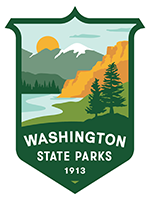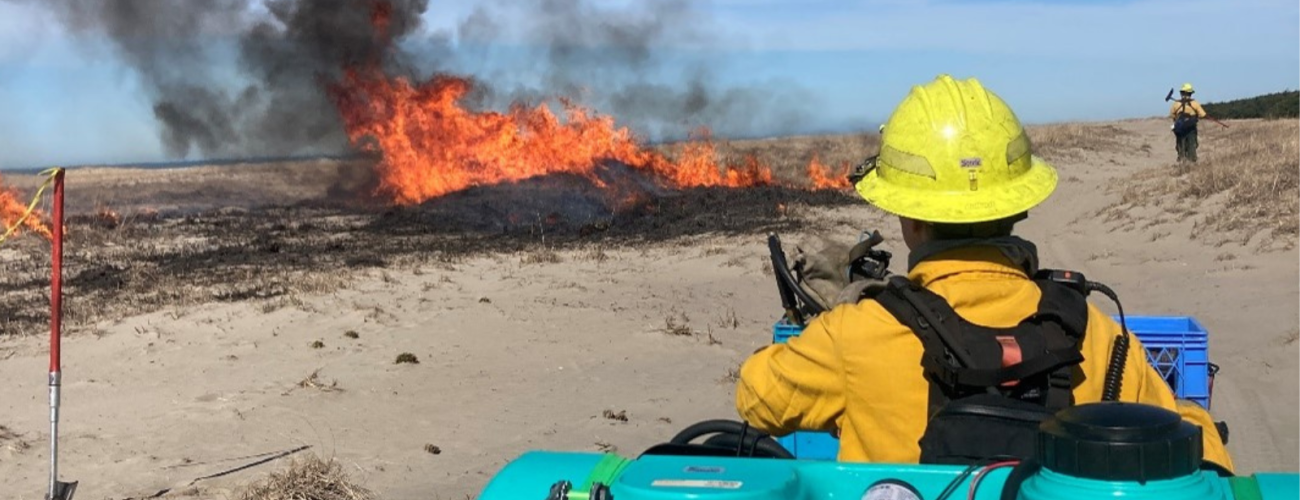How prescribed burning helps improve habitat conditions
In March 2024, Parks worked in collaboration with the Ecostudies Institute and U.S. Fish and Wildlife Service to conduct a prescribed burn to improve habitat conditions at Leadbetter Point State Park for western snowy plover and streaked-horned lark, two endangered species, as well as to restore a more native plant-dominated vegetation community.
We watched the weather closely all winter and finally saw a 2-3 day stretch of warmth and sun. We carefully lit a test fire to evaluate conditions, being sure to have plenty of water and trained firefighters on hand. Easterly winds pushed the flames out to the barren beach and carried the smoke out to sea.
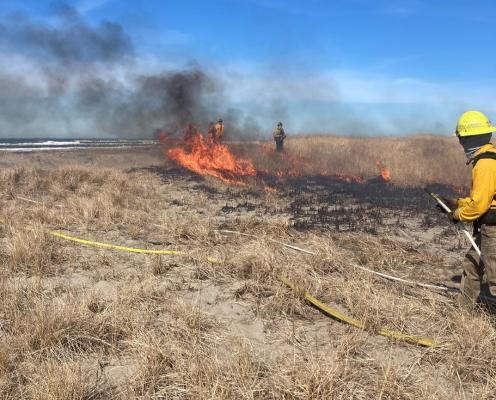
Southwest Region Steward, Nathan Johnson
But why are we even doing this?
To answer this, we’ll start with a history lesson in taking a look at the changes that have occurred on our coast in the last 100+ years.
We can use Westport as a case study. Early nautical charts as well as photos show an open, barren landscape of shifting sands. These shifting sands overran early roads and structures and were a nuisance for early settlers.
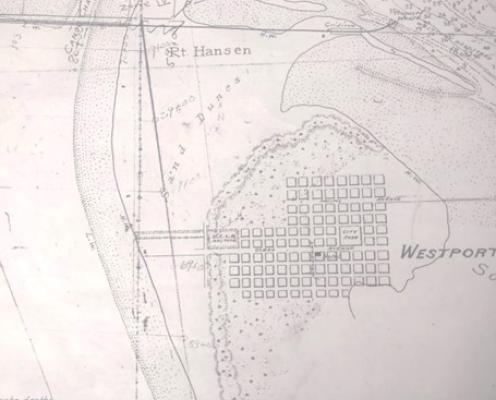
Courtesy of Westport South Beach Historical Society
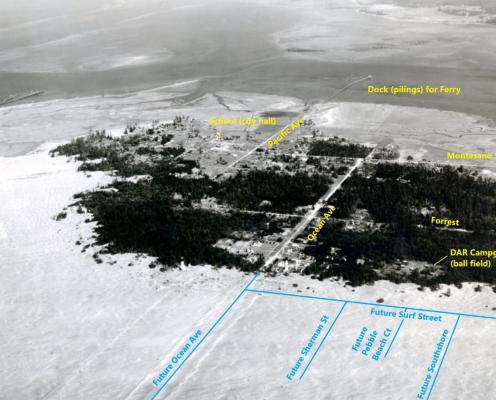
Courtesy of Westport South Beach Historical Society
Throughout the 20th century, beachgrasses from Europe (Ammophila arenaria) and eastern North America (A. breviligulata) were planted along with scotch broom (Cytisus scoparius), shore pine (Pinus contorta) and even gorse (Ulex europaeus) to help stabilize the sands up and down the west coast. The beachgrass, in particular, proved highly adept at colonizing and stabilizing the dunes, greatly transforming our coast in the process.
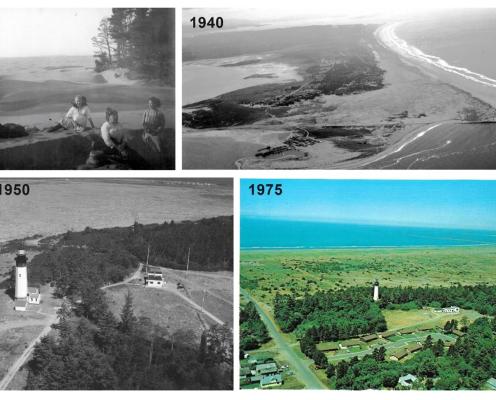
Courtesy of Westport South Beach Historical Society
Grasslands came to dominate the sandy beach, pushing out native plant and animal species — like the western snowy plover and streaked horned lark — that rely on sparse open habitats. In turn, the grasslands themselves have been invaded and transformed into forests of shore pine and sitka spruce (Picea sitchensis) in an ongoing process.
Parks, in collaboration with many partners, is doing its part to help recover the species that have been pushed out of their historic habitats. Prescribed burning is just one part of an integrated approach to control invasive grasses, shrubs and trees and to set the stage for restoring habitat for native plants and animals.
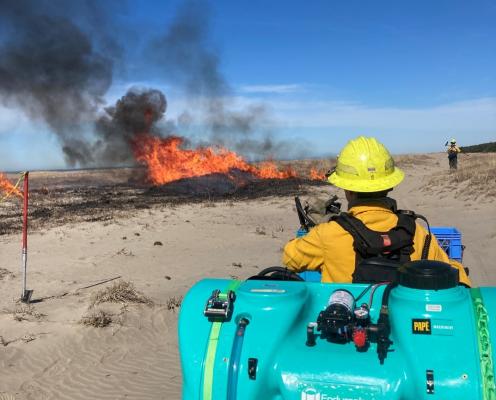
Southwest Region Steward, Nathan Johnson
Originally published October 10, 2024
